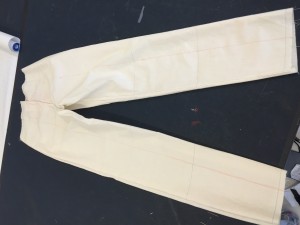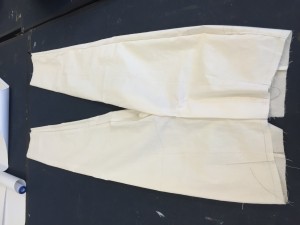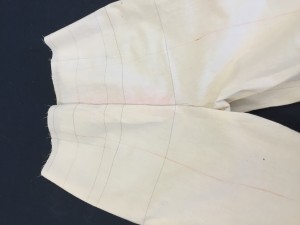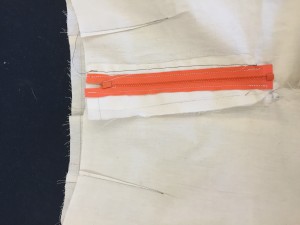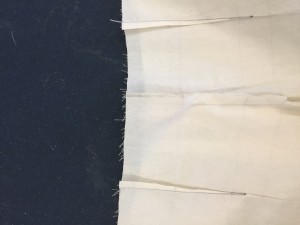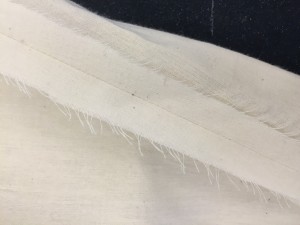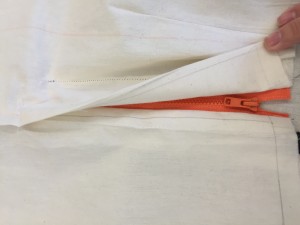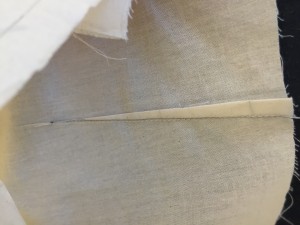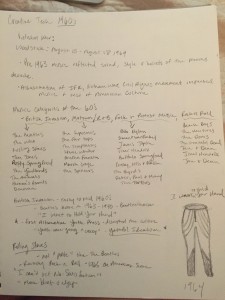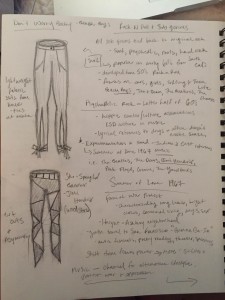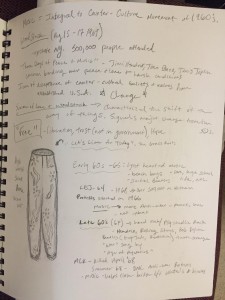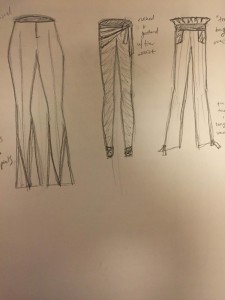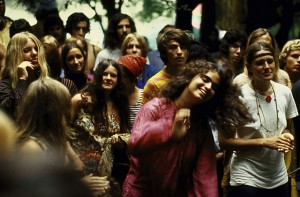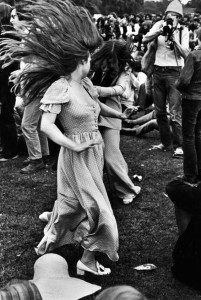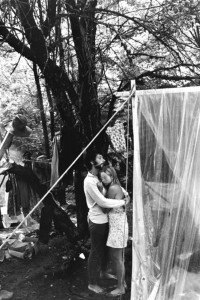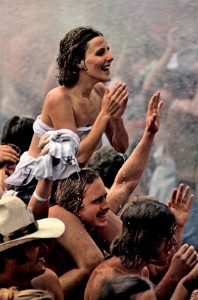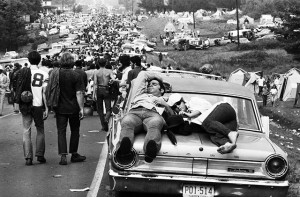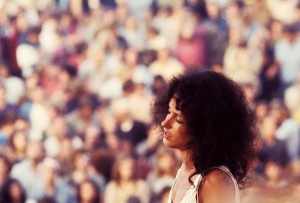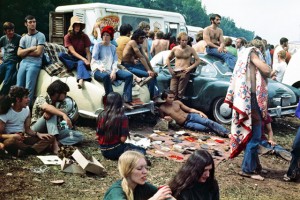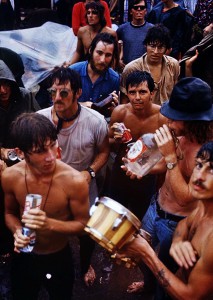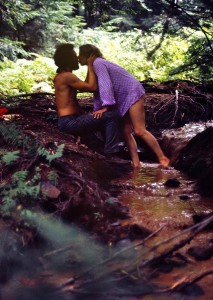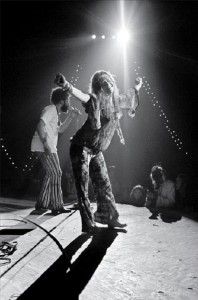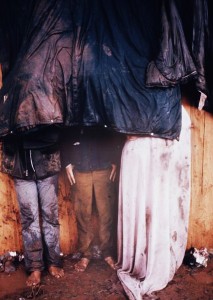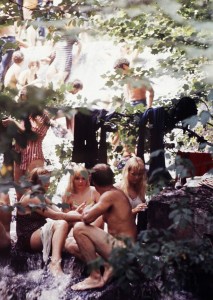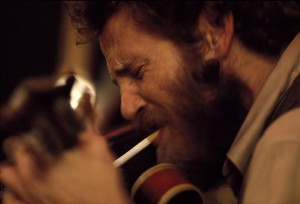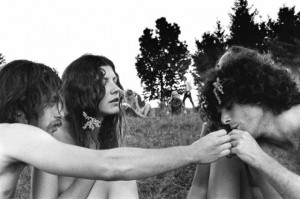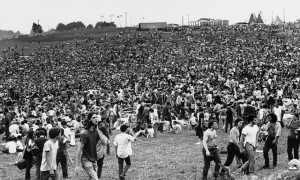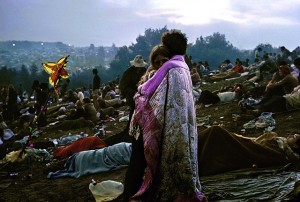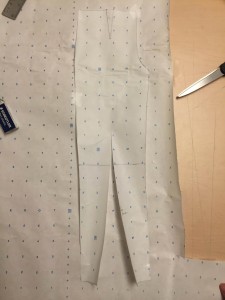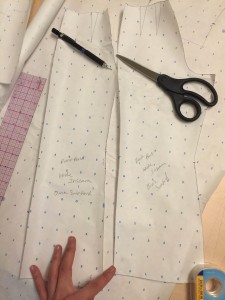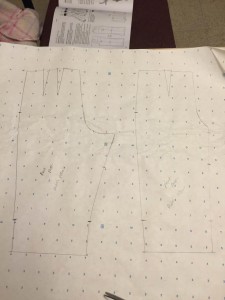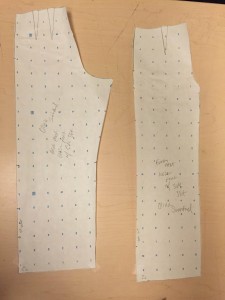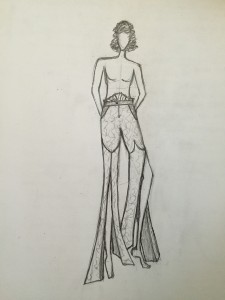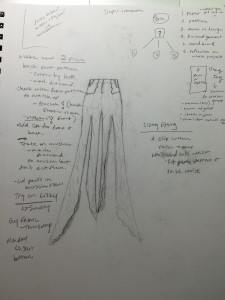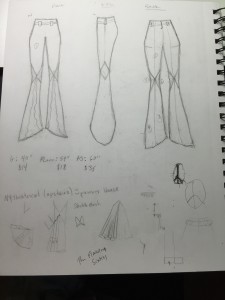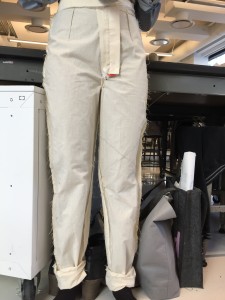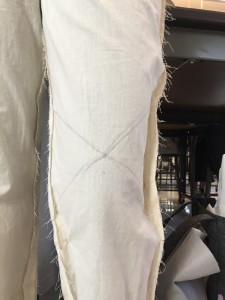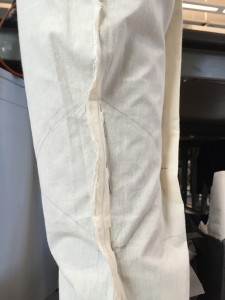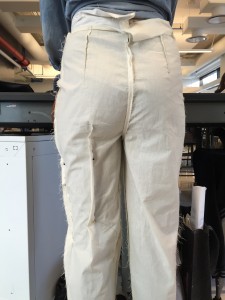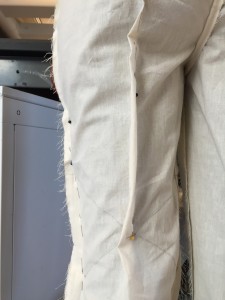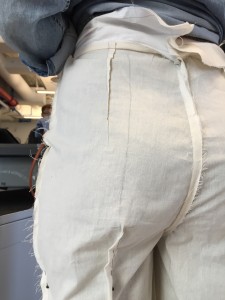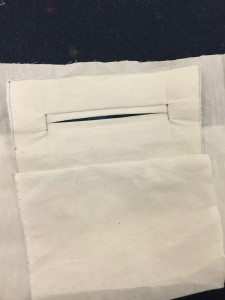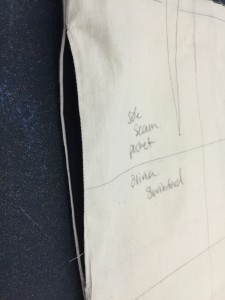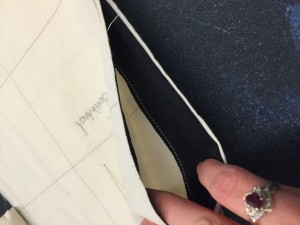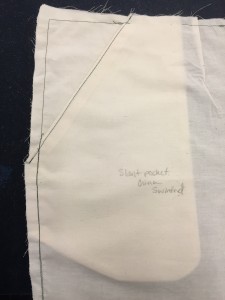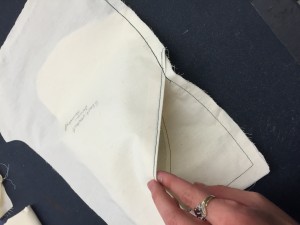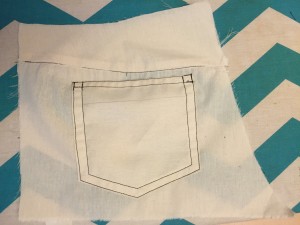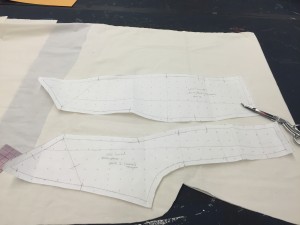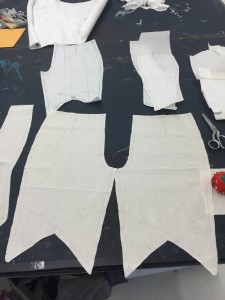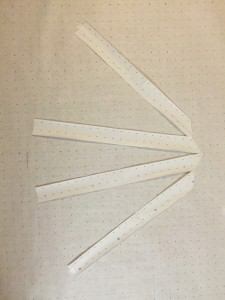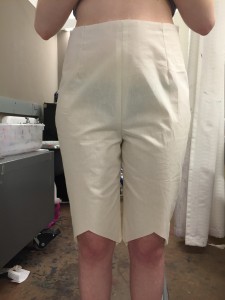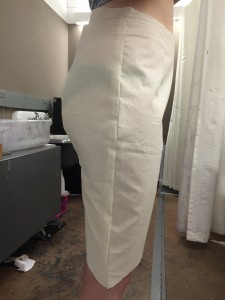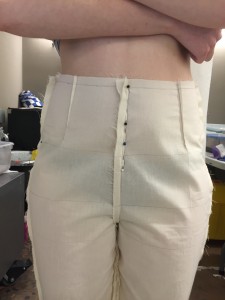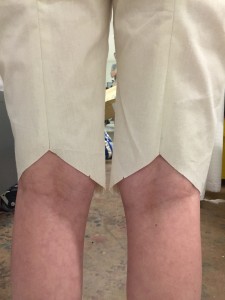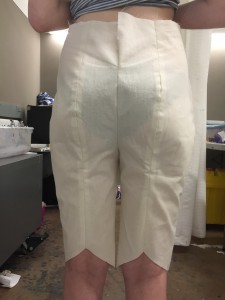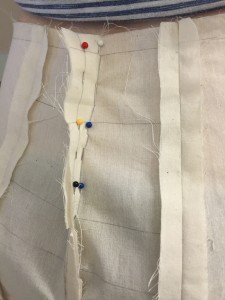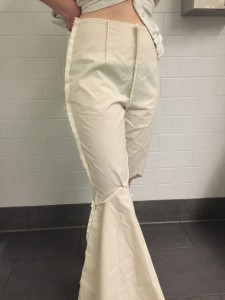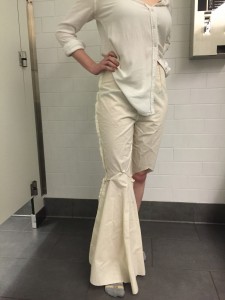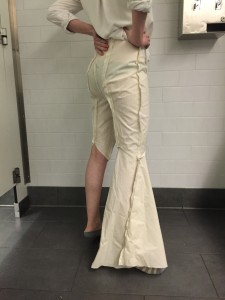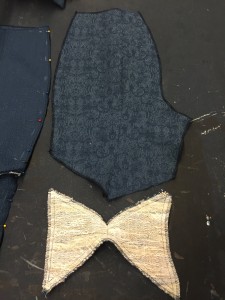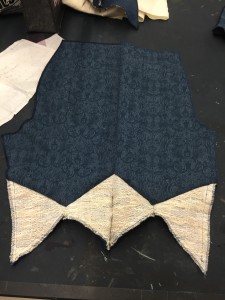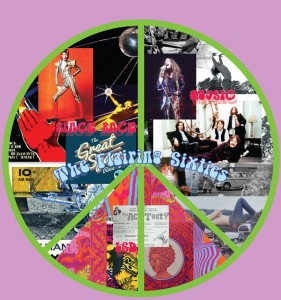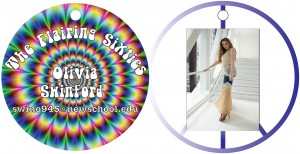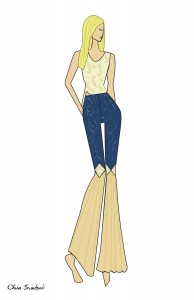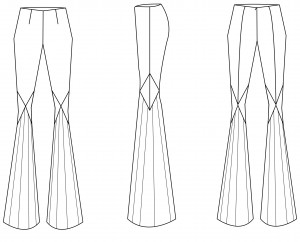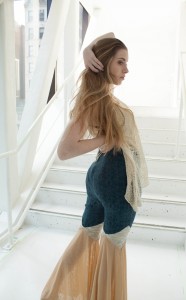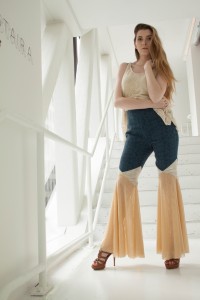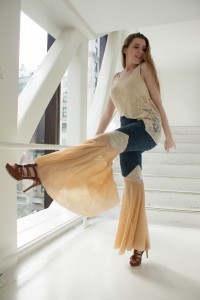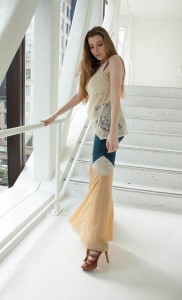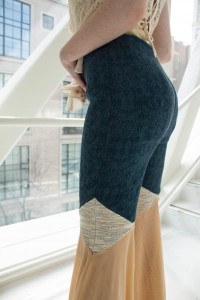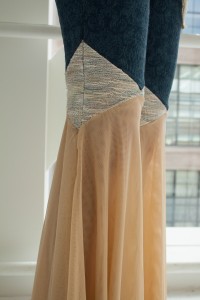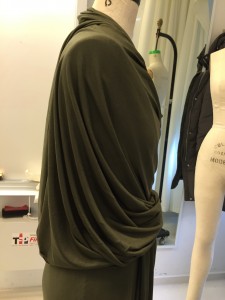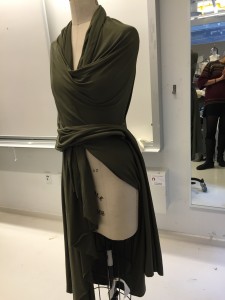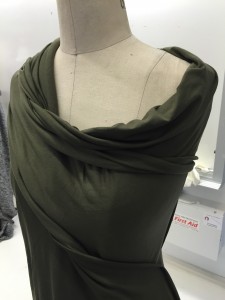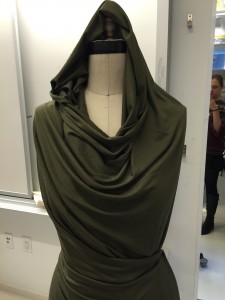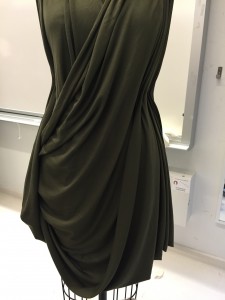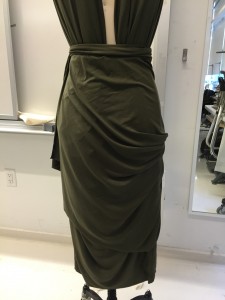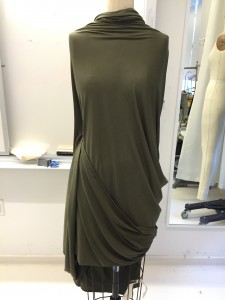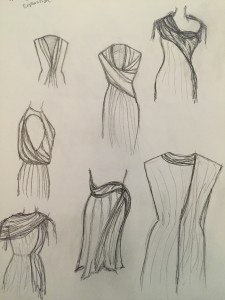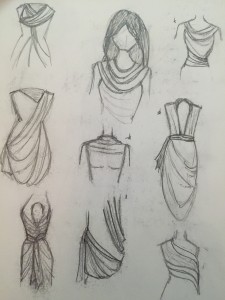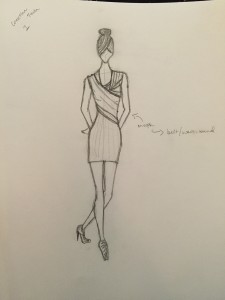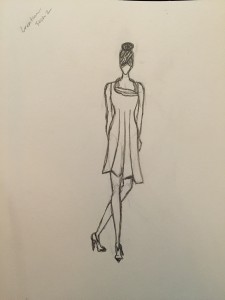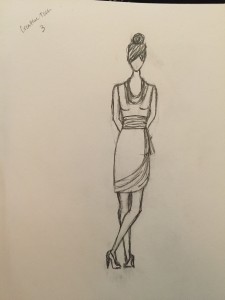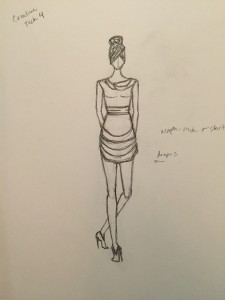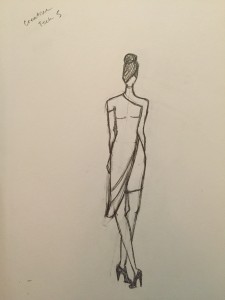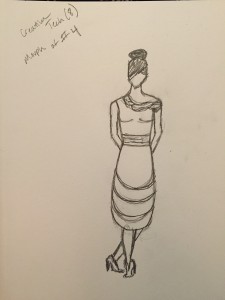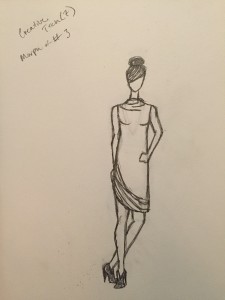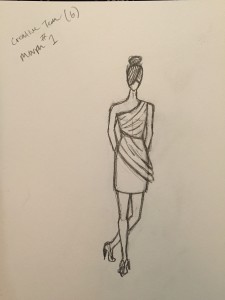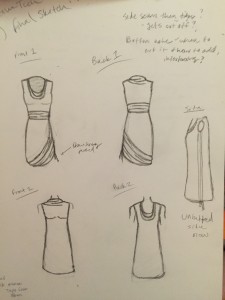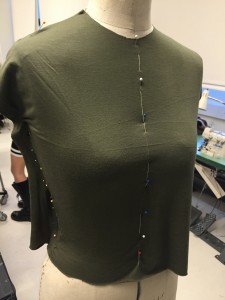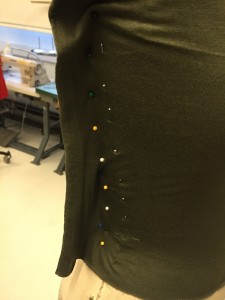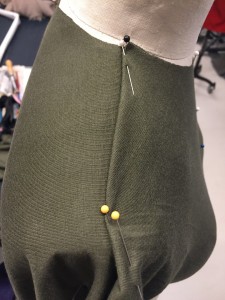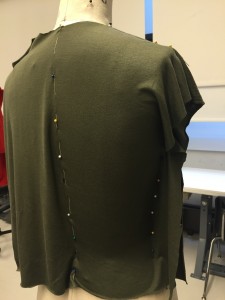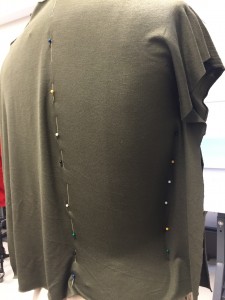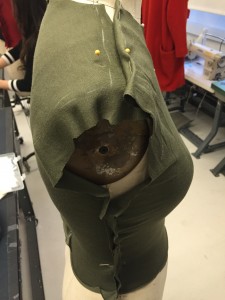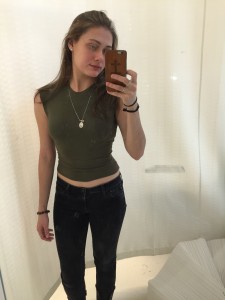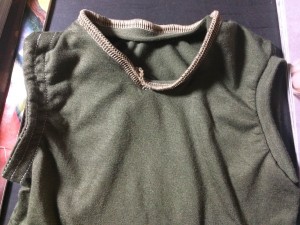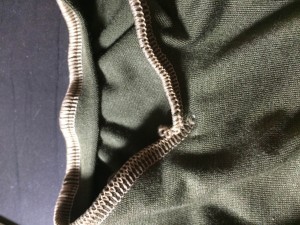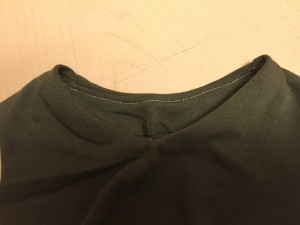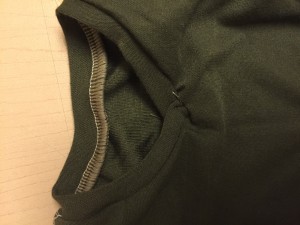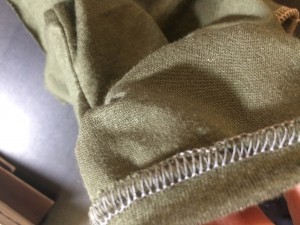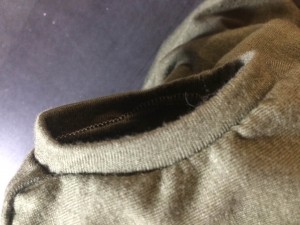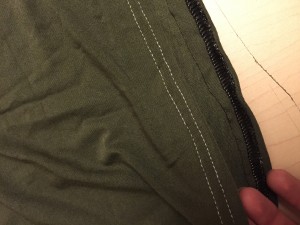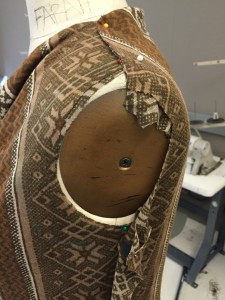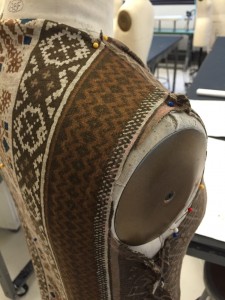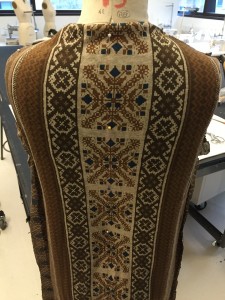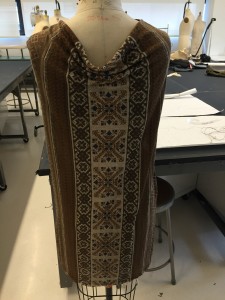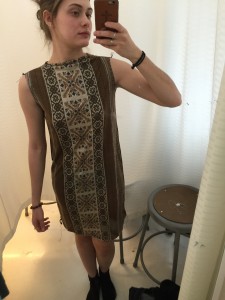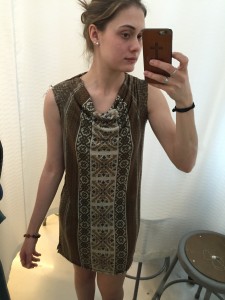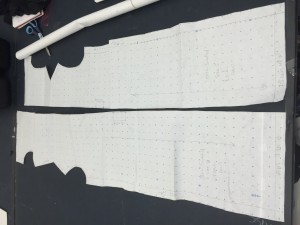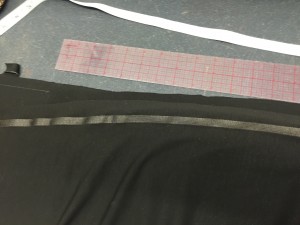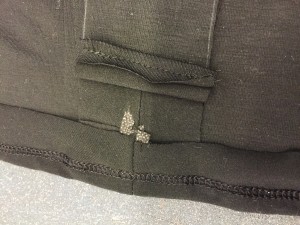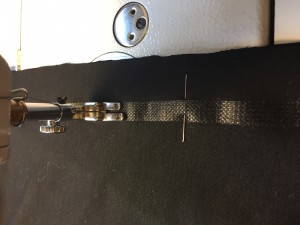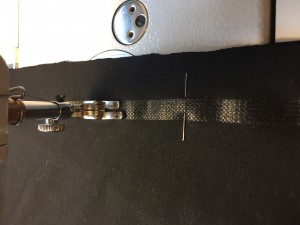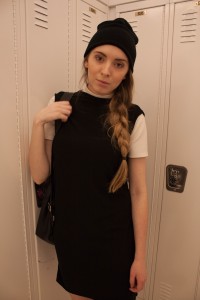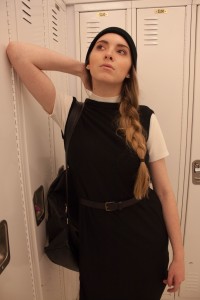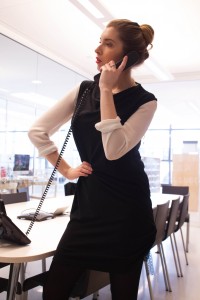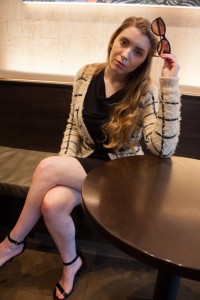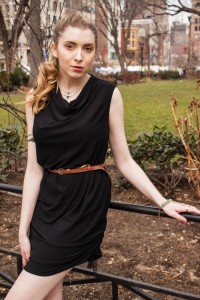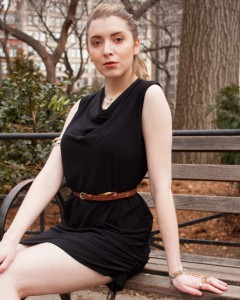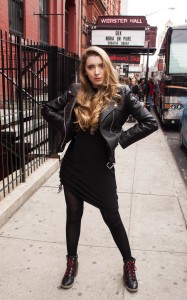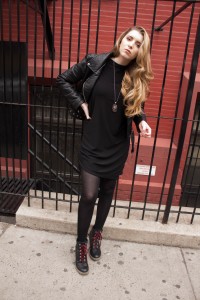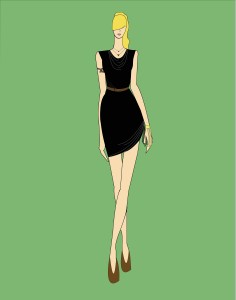Pant Muslin Practice
Research Paper Notes and Image Inspirations
Google Doc Notes:
Music in Response to Vietnam War
Music Festivals – Promoting Peace and Anti-War Sentiments
“Counter-Culture Youth”
Summer of Love 1967 in San Francisco
Woodstock in 1969
“Three Days of Peace Love and Music” – half a million people attended.
Janis Joplin, Jimi Hendrix, Joe Cocker, The Grateful Dead, Crosby, Stills & Nash and Neil Young.
“The August 17 performance, which lasted just under five minutes, featured Hendrix manipulating his guitar’s sound by employing distortion and whammy-bar techniques. The end result was a remarkably realistic imitation of several war sounds, including machine gunfire and explosions. Just over halfway through the performance, Hendrix briefly plays the “Taps,” which is what the American Military plays during an honorary burial. By getting his anti-war message out through the unique manipulation of his guitar, Hendrix appealed to the thousands of concert-goers who came together for peace.” – http://www.studentpulse.com/articles/713/protest-and-rock-n-roll-during-the-vietnam-war
Edwin Starr’s song “War” 1969 – most distinct anti-war protest song ever.
John Lennon – “Give Peace a Chance”
Bob Dylan “Times They Are A – Changin”….
Gotta get down to it
Soldiers are cutting us down
Should have been done long ago.
What if you knew her
And found her dead on the ground
How can you run when you know?
- Neil Young “Ohio”
Vietnam war was the first war to have anti-war music permeate culture instead of Pro-War music.
“The Vietnam War was accompanied every step of the way by an anti-war soundtrack that touched on every tone—melancholy and touching, enraged and sarcastic, fearful and resigned—and that captured the long demoralizing impact of this war. And like the anti-war movement itself, it began without a significant audience in the early sixties, but grew to a critical mass by the war’s termination.” – https://www.gilderlehrman.org/history-by-era/sixties/essays/protest-music-1960s
Bob Dylan – 1963 “With God on Our Side” – taking the idea of God every being on a country’s side during a war to be a ridiculous claim.
“But now we got weapons
Of the chemical dust
If fire them we’re forced to
Then fire them we must
One push of the button
And a shot the world wide
And you never ask questions
When God’s on your side
Through many dark hour
I’ve been thinkin’ about this
That Jesus Christ
Was betrayed by a kiss
But I can’t think for you
You’ll have to decide
Whether Judas Iscariot
Had God on his side” – Bob Dylan
“Come and sing a simple song of freedom
Sing it like you’ve never sung before
Let it fill the air, tell the people everywhere
We, the people here don’t want a war
Now no doubt some folks enjoy doin’ battle
Like presidents, prime ministers and kings
So let us build them shelves
Where they can fight among themselves
And leave the people be who like to sing.” –
Bobby Darin – Simple Song Of Freedom
Pattern Development:
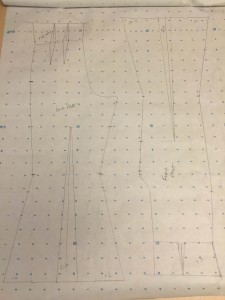 Slit, wide bottom leg, high waist
Slit, wide bottom leg, high waist
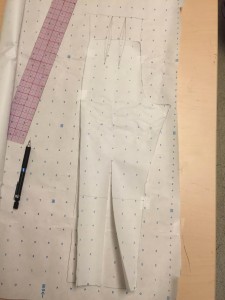 Slash and spread with high waist
Slash and spread with high waist
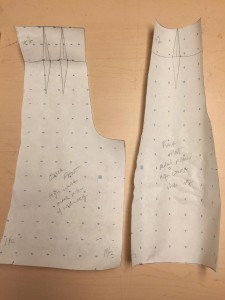 High-waisted, wide legged, Pedal Pusher
High-waisted, wide legged, Pedal Pusher
PANT SKETCHES Process
Model Fitting:
Welt Pocket Sample
Side Seam Pocket:
Slant Pocket:
Yoke and TopStitch Pocket:
Pattern Development:
Pant Muslin/ Second Fitting
Final Pant Process:
Moodboard/HangTag:
Illustration/Flat:
Final Pant:
Research Paper: Swinford_Olivia_1960ResearchPaper
Reflection: At the beginning of this process I was very overwhelmed with the all the different directions I could take in regards to the 1960’s and the change that occurred then. I was most intrigued with the music of the 60’s and the influence it had on the war and war protests. From there I looked at the hippie movement tied to the folks and rock music of the time. I also then decided to look at a timeline of sorts of the music of the whole decade and there I saw more movement from one genre to the next and the amount of change that was happening on the music scene from the start of the decade to the end of the decade. From there, I was influenced even more by the concept of movement and finding a way that I wanted to incorporate that into my design. My design fluctuated multiple different times and at first I was going to use lace and incorporate slits into my design. I knew I wanted to show the skin in some way and contrast part of the garment with something more fitted versus something that was freer and gave glimpses of skin more. As I went swatching, I found the fabrics I now used. I had never fitted a garment to another person before so this was a challenge for me when it came to making and changing the pattern. I also have not really developed that many patterns before, so I was intimidated by my design at first. As I was making the garment, I found the white fabric to be very tricky to work with and I would say my biggest challenge was in lining up the diamonds perfectly and then attaching such a lightweight stretch mesh fabric to such a thick brocade and getting it to fall right. I also decided not to incorporate the slit I was originally intending on having in the front on the bottom of the pant because I did not want to risk loosing volume and I liked the way you can only see leg through the fabric at certain angles and with the right light. I feel very accomplished with this project and if I could improve upon it, I probably would probably fit it to my model even more precisely and I would understand how my fabrics work together better when sewing them together.
